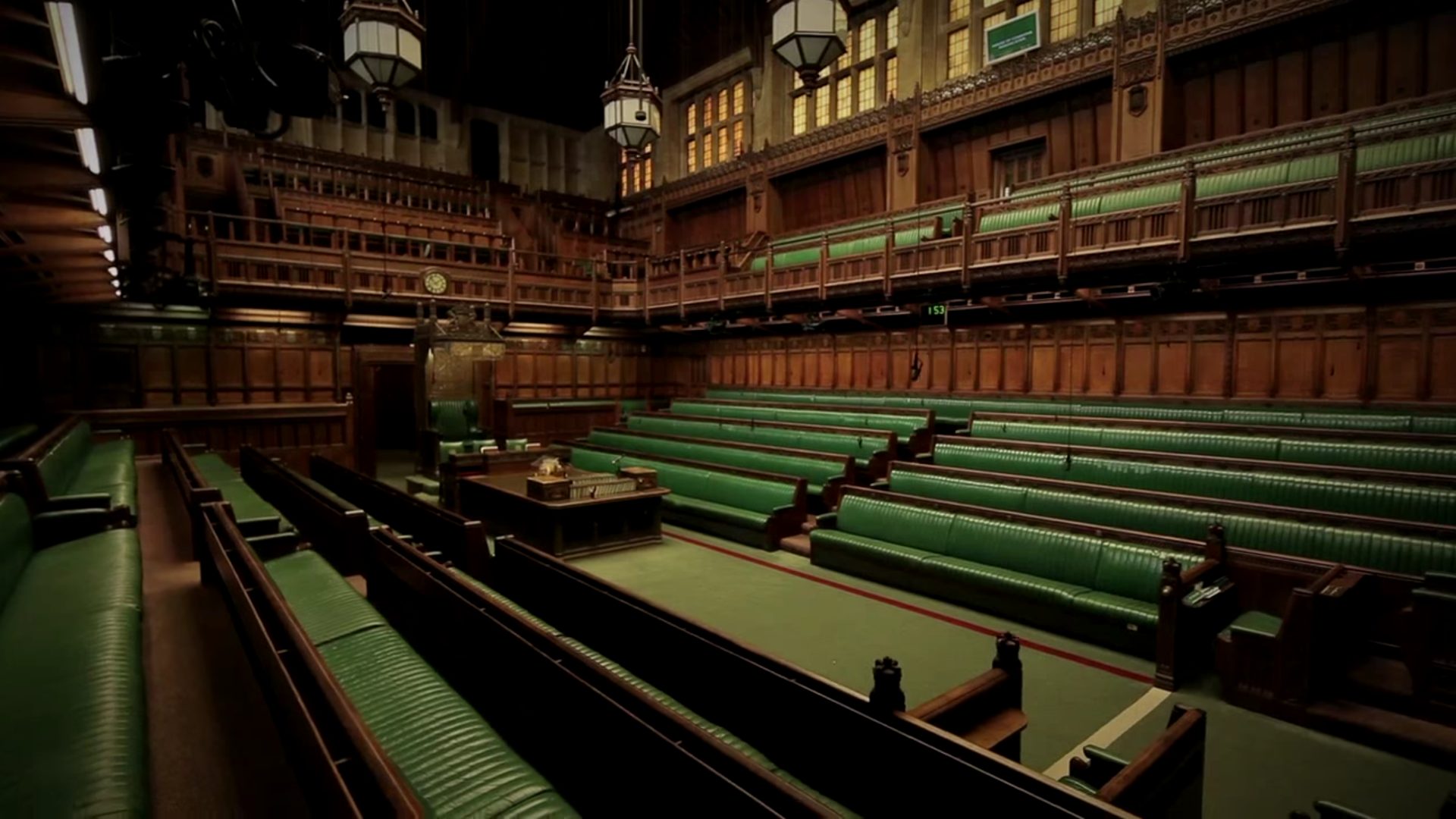Taking elections into the technological age
So, Theresa May has called for a snap election, causing politicians everywhere to run around like headless chickens, searching for reasons to convince the public to vote for them. We will inevitably find ourselves back at the polling station for yet another vote this year, but some would say that it’s ludicrous that we’re still relying on outdated methods (the paper ballot system has been used in the UK since 1872) to have our say in the running of the country. Polling stations and postal votes seem unnecessary when more advanced technology is available. New software is being developed which uses facial recognition to let people register for and vote in elections, and some countries already use online voting. Many think the UK should take advantage of this new tech- after all, the internet is all around us.
New software is being developed which uses facial recognition to let people register for and vote in elections, and some countries already use online voting.
These new methods of voting would undoubtedly increase the accessibility of elections, and eliminate the need for those pesky postal votes. Research shows that e-voting can significantly increase the turnout of ‘borderline voters’, including people who live abroad and those with disabilities. In the last general election, voter turnout was 66.1%, with the 18-24 age bracket having a turnout of just 43%. Politicians are obviously failing to reach a large part of the younger electorate- those who will likely be the most affected by many of the decisions made. By modernising the voting system, a generation of young adults could also be encouraged to vote- a generation accustomed to doing everything online.
By modernising the voting system, a generation of young adults could also be encouraged to vote- a generation accustomed to doing everything online.
However, adding more technology to voting would inevitably cause problems. The possibility of alienating voters without access to or knowledge of the technology could be an issue, meaning the paper ballot would still have to be kept in place. This could lead to e-voting simply being time-consuming and expensive to set up when the traditional alternative is already familiar and ready in waiting.
Then there’s the matter of security, and in a digital age hacking is a serious threat. Even in 2016, Russia was accused of interfering with the US presidential election by attempting to increase Donald Trump’s chances of victory. E-voting could lead to a similar situation, with the possibility of votes being tampered with and voters’ privacy potentially being put at risk.
Lastly there’s the issue of stability. It’s common knowledge that websites can crash, whether it’s due to a malicious attack or just a lot of people trying to get online. Either way the election could be disrupted by the thousands of people trying to vote at once, so e-voting may just cause more problems than it would solve.
E-voting may just cause more problems than it would solve.
So, should we take voting into the technological age? It doesn’t look like it’s going to happen anytime soon, so for now perhaps politicians should simply take more action to engage voters, particularly those in the 18-24 bracket. By increasing their online presence and accessibility, voter turnout could be increased drastically. However, we’ve seen that politicians using social media isn’t always a good thing (Trump I’m looking at you).
Whatever happens, we can be sure that this election is going to make for an interesting few months.

Comments